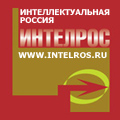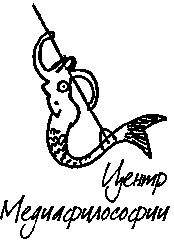Please find Issues of the International Journal of Cultural Research since # 4 2020 at the new website: https://culturalresearch.ru/
|
 |
Lyubov BUGAEVA Dr. Habil., Associate Professor Faculty of Philology, St. Petersburg State University St. Petersburg, Russia |
 |
Ekaterina PROTASSOVA Dr. Habil. Faculty of Arts, Helsinki University Helsinki, Finland |
“To tell stories with moving pictures”; this is how at the beginning of the cinema age the conception of cinema was framed. Since then, not only has cinema changed, but there have also appeared new formats of storytelling, including television. What is the difference between stories on the large and small screens, e.g., in a film or franchise, on the one hand, and in a television film or series, on the other? David Bordwell once noted, “With film you’re in and you’re out and you go on with your life. TV is like a long relationship that ends abruptly or wistfully. One way or another, TV will break your heart” (Bordwell, D.). Television brings characters closer to the viewer than fiction film and makes them more familiar. The closeness of the characters to the viewer on a TV screen can lead to their intense and immersive perception, since “the most immersive texts are […] the most familiar ones” (Ryan, M.-L.). What differs in the content of stories and the way they are told on the large and small screens?
Serial production dominates contemporary TV; Western TV series compete with Russian ones for the viewer, and television serial production in general competes with cinema. As a result of the competition, new strategies, new forms, and new styles develop. This special issue of the journal seeks to explore the language of recent TV series as distinct from the film language of recent decades. The distinction manifests itself on various levels, from the general architecture of the story to its construction blocks. New styles, new characters, new themes, new topoi etc. emerge, and new techniques of storytelling develop. We are interested in the narrative strategies of television, which despite significant technological progress, have to compensate for the lack of possibilities available on the large screen. How do recent TV series, Russian and Western, construct space and time and create a sense of “what it’s like to be” someone or something? How do histories, including the personal, turn into narratives on the large and small screens? How do they engage the viewer emotionally? Comparing cinema and television today, it is important to understand both the shortcomings of the serial form of storytelling and its advantages.
Relevant topics include but are not limited to:
• Series vs. film: genres and styles;
• The languages of film and TV series;
• “World-making” in a film franchise and a TV series;
• The dramaturgy of recent TV series;
• Contemporary American and European TV series: themes and characters;
• Contemporary Russian TV series: themes and characters;
• Mapping of films and TV series ;
• Intertextuality in TV series and film;
• Retro style on the large and small screens;
• Emotional narration in film and television;
• Literature on the large and small screens.























